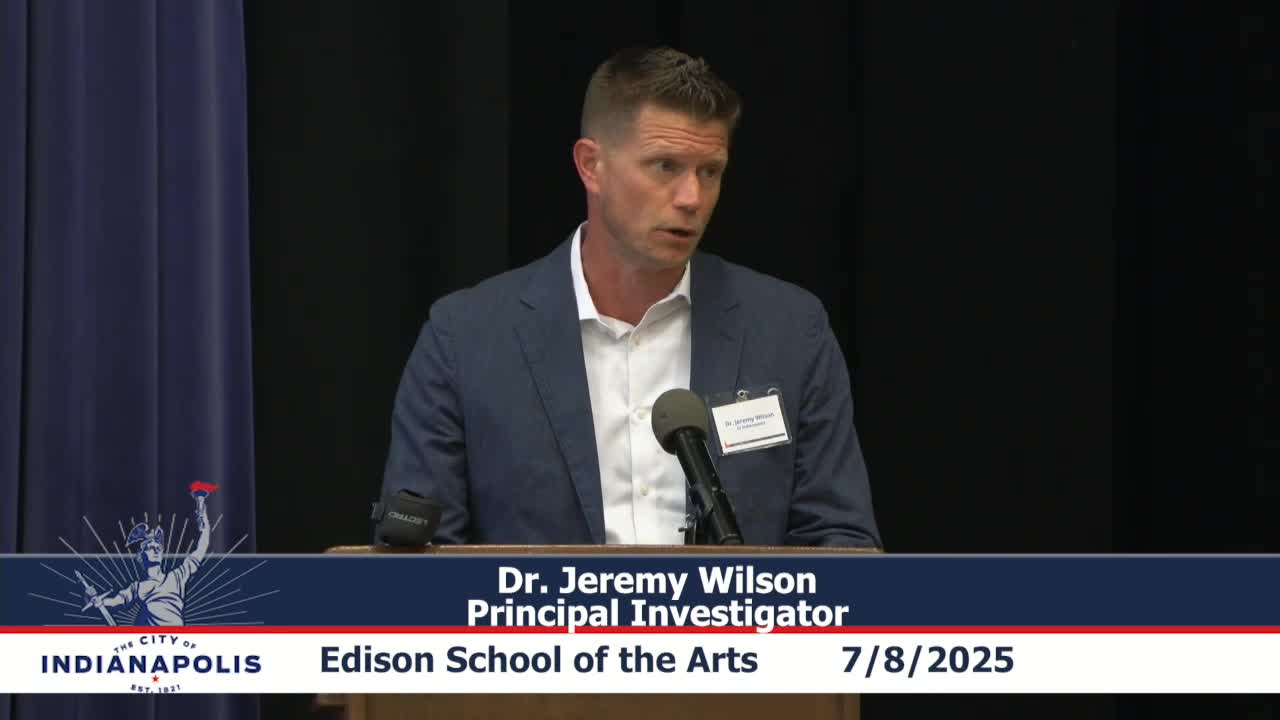Research team analyzes 800 skeletal remains from Tulsa Race Massacre and Bethel Cemetery
July 14, 2025 | Indianapolis City, Marion County, Indiana
Thanks to Scribe from Workplace AI , all articles about Indiana are free for you to enjoy throughout 2025!

This article was created by AI using a video recording of the meeting. It summarizes the key points discussed, but for full details and context, please refer to the video of the full meeting. Link to Full Meeting
During the meeting, experts detailed the meticulous process that begins once skeletal remains arrive at the lab. Over 800 burials have been received, with more than 250 already analyzed. The analysis follows a four-step process: processing, inventorying, formal analysis, and documentation. This systematic approach ensures that each burial is treated with care and respect, allowing for a thorough understanding of the individuals' lives and circumstances.
Key findings from the analysis reveal a demographic breakdown of the remains. Approximately 40% of the analyzed individuals were juveniles under 18, while 60% were adults, with the oldest estimated to be 82 years old. The analysis also includes determining biological sex and stature, with findings indicating a roughly equal representation of individuals of both African and European ancestry. Notably, there is no spatial segregation observed among these groups within the burial site.
The meeting highlighted the importance of understanding the health and living conditions of these individuals. Many exhibited signs of early childhood stress and nutritional deficiencies, such as scurvy and rickets. Additionally, evidence of trauma, including healed fractures and amputations, was noted, reflecting the medical practices of the 19th century.
As the project continues, the team aims to complete the analysis over the next two academic years, contributing valuable insights into the historical narrative of Indianapolis. The findings not only honor the lives of those buried but also enrich the community's understanding of its past, emphasizing the significance of archaeological work in urban development.
Converted from City Council of Indianapolis, IN - White River Innovation District (Henry St. Bridge) Public Information Meeting - Jul 14, 2025 meeting on July 14, 2025
Link to Full Meeting
Comments
View full meeting
This article is based on a recent meeting—watch the full video and explore the complete transcript for deeper insights into the discussion.
View full meeting
